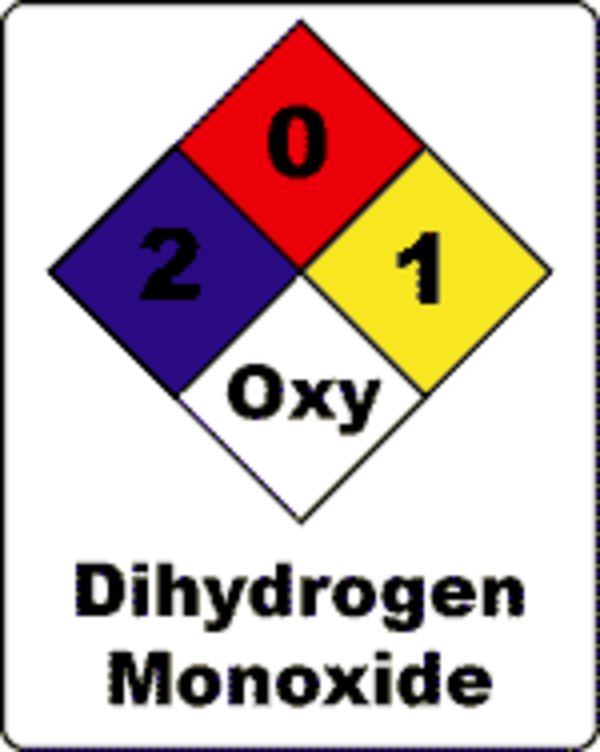I’ve been using Linux as my main OS for a couple of years now, first on a slightly older Dell Inspiron 15. Last year I upgraded to an Inspiron 15 7510 with i7-11800H and RTX3050. Since purchasing this laptop I’ve used Manjaro, Debian 11, Pop OS, Void Linux, Fedora Silverblue (37 & 38) and now Debian 12. I need to reinstall soon since I’ve stuffed up my NVIDIA drivers trying to install CUDA and didn’t realise that they changed the default swap size to 1GB.
I use this laptop for everything - development in C/C++, dart/flutter, nodejs and sometimes PHP. I occasionally play games on it through Proton and sometimes need to re-encode videos using Handbrake. I need some amount of reliability since I also use this for University.
I’ve previously been against trying Arch due to instability issues such as the recent GRUB thing. But I have been reading about BTRFS and snapshots which make me think I can have an up to date system and reliability (by rebooting into a snapshot). What’s everyone’s perspective on this, is there anything major I should keep an eye on?
Should also note I use GNOME, vscode, Firefox and will need MATLAB to be installed, if there is anything to do with those that is problematic on Arch?
Edit: I went with Arch thanks everyone for the advice


I don’t understand what you did that means you have to reinstall. Most issues can be solved in system.
One thing that made me switch back from Arch to Debian Sid was third party support.
The Arch wiki is great but for some things, I read through the 30-step process with multiple links to other wiki articles and then see there’s a preconfigured installer for .Deb available…
Huh? The debian wiki is horrendous compared to Arch. You are better off reading the manuals and trying to get a grip on it yourself.
yes I know. (Besides, Debian’s official documentation isn’t the wiki, but the Debian handbook).
The point is, on Debian you don’t need the wiki. Things that are a long manual process on Arch (best example: Nextcloud) are already preconfigured or there’s a ready made solution available.
Kind of weird example. When most new software is not even available on debian or heavily outdated due to point release model.
I’m talking about third party software, not what’s in the repository.
It’s usually available as .deb or .rpm and nothing else.
On Arch someone may or may not have converted it and put it in the AUR, and it may or may not be maintained.
Besides, I run Sid, which isn’t point release nor outdated.
Oh then I misunderstood, sorry.
The Debian 12 installer creates only 1GB of swap by default which I believe was new behaviour from when I install Debian 11 the first time around. Apparently it’s to make it easier for server users but what a pain. Anyway the easiest way to fix that is to just reinstall, since most of my stuff lives on Nextcloud and Gitea it shouldn’t be too hard
I still don’t understand what the problem is, but if you want more swap just get more swap. You can resize the partitions if you want but you can also just add swap as files instead of partitions.
dd.mkswap.swapon./etc/fstabso it mounts automatically:/swapfile swap defaults 0 0So fixing it is literally just what you’d have to do before reinstalling anyway. Reduce your root partition from a live system, increase swap partition, re-initialize swap. Done.
Also, the Debian installer tells you how big a swap partition it creates and asks you if that is what you want twice.
Are you talking about the Graphical Installer?
I’ve installed it on other machines since and it only confirms stuff for you if you decide to deviate from the defaults
Oh yeah, I always use the graphical expert installer. If the normal installer defaults to 1GB of swap without telling you, that’s pretty bad.
1GB swap is pointless IMO. Either make the swap space twice your RAM or don’t bother.
Still don’t know how that could fuck up drivers though. On a normal system, I don’t even use swap anymore.